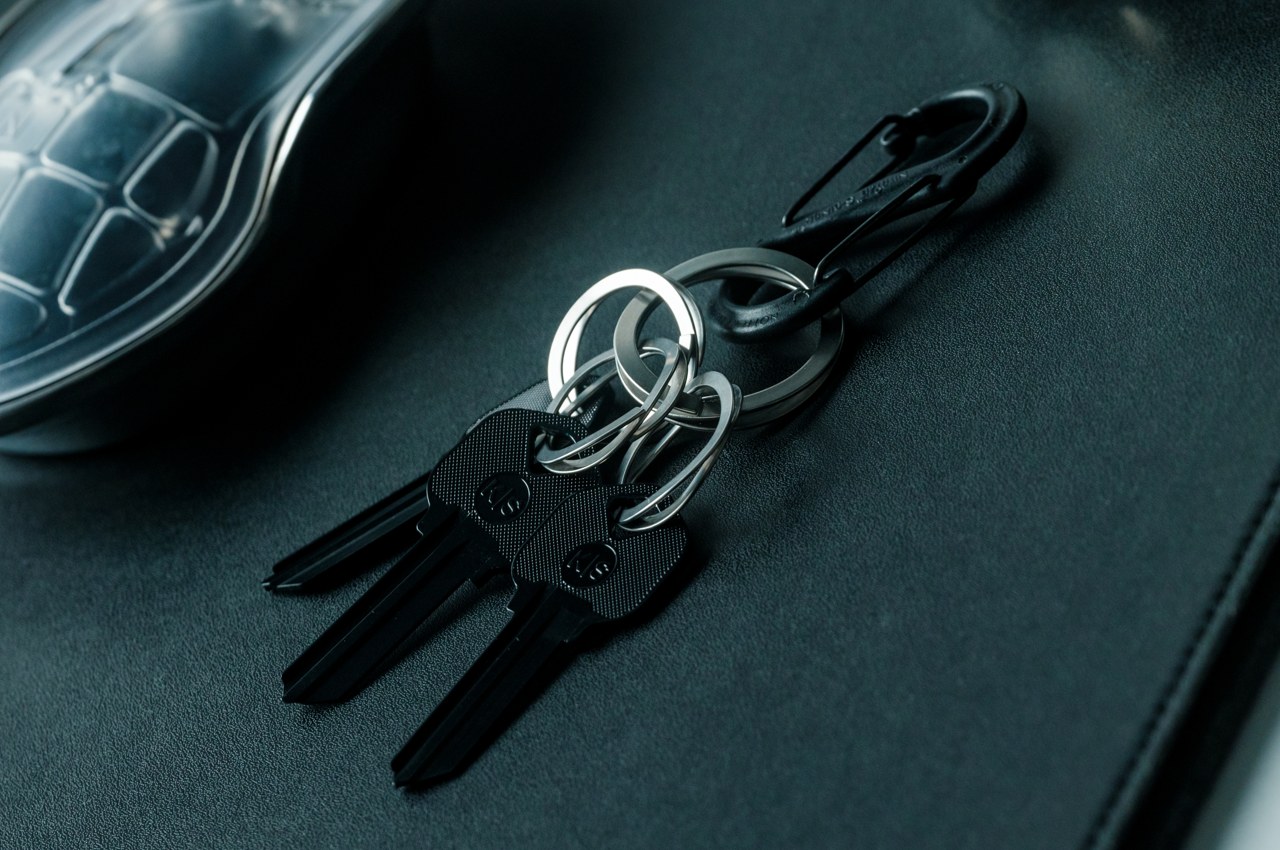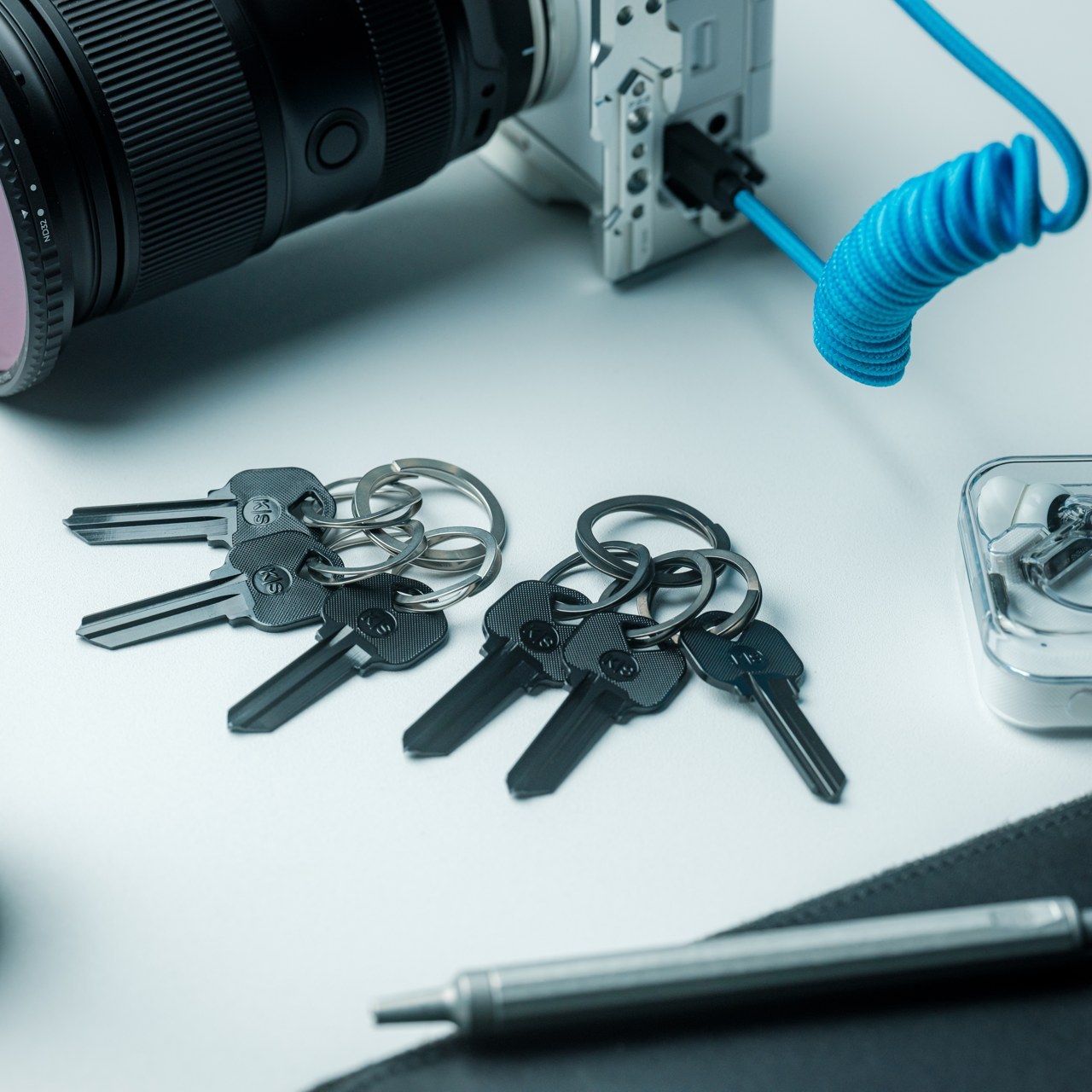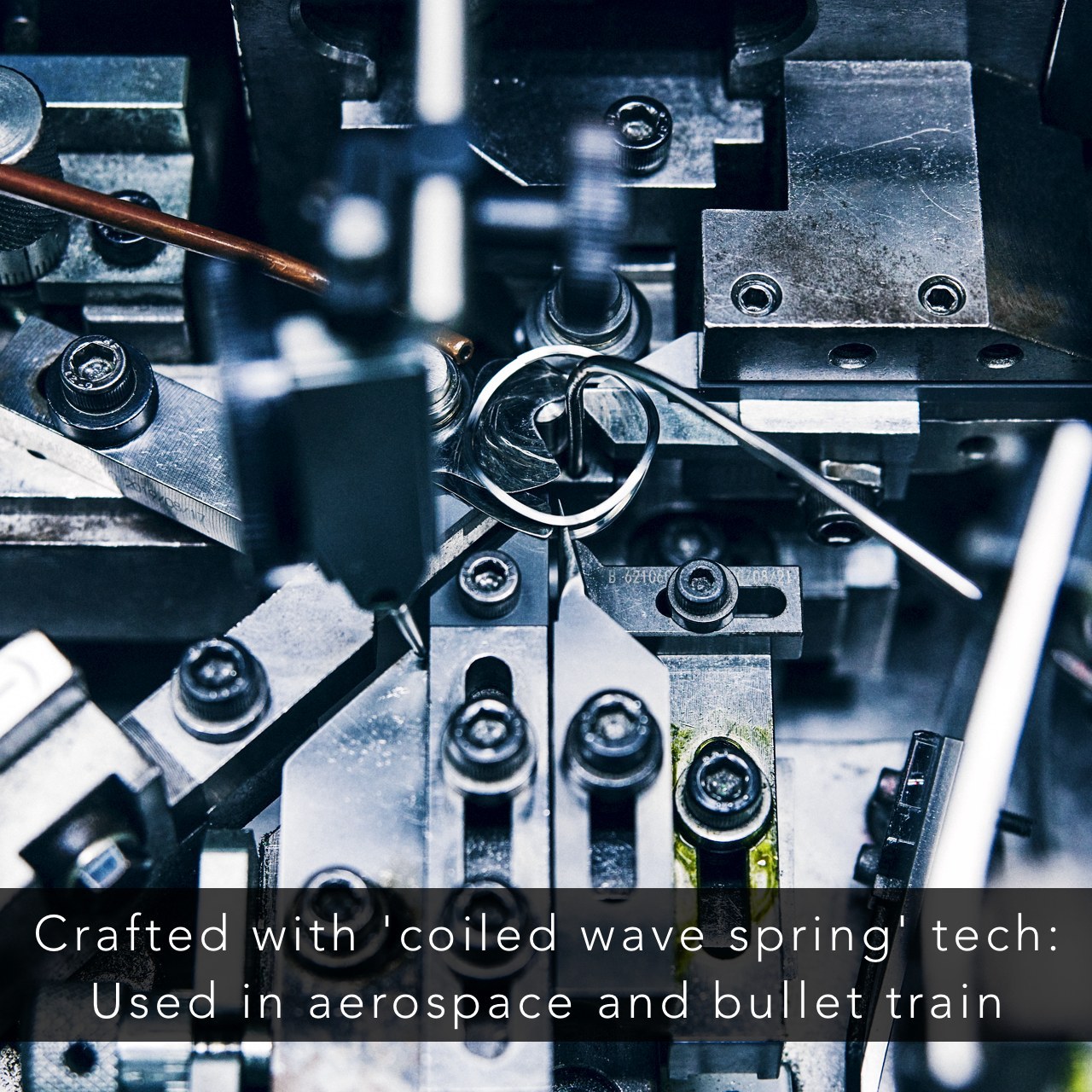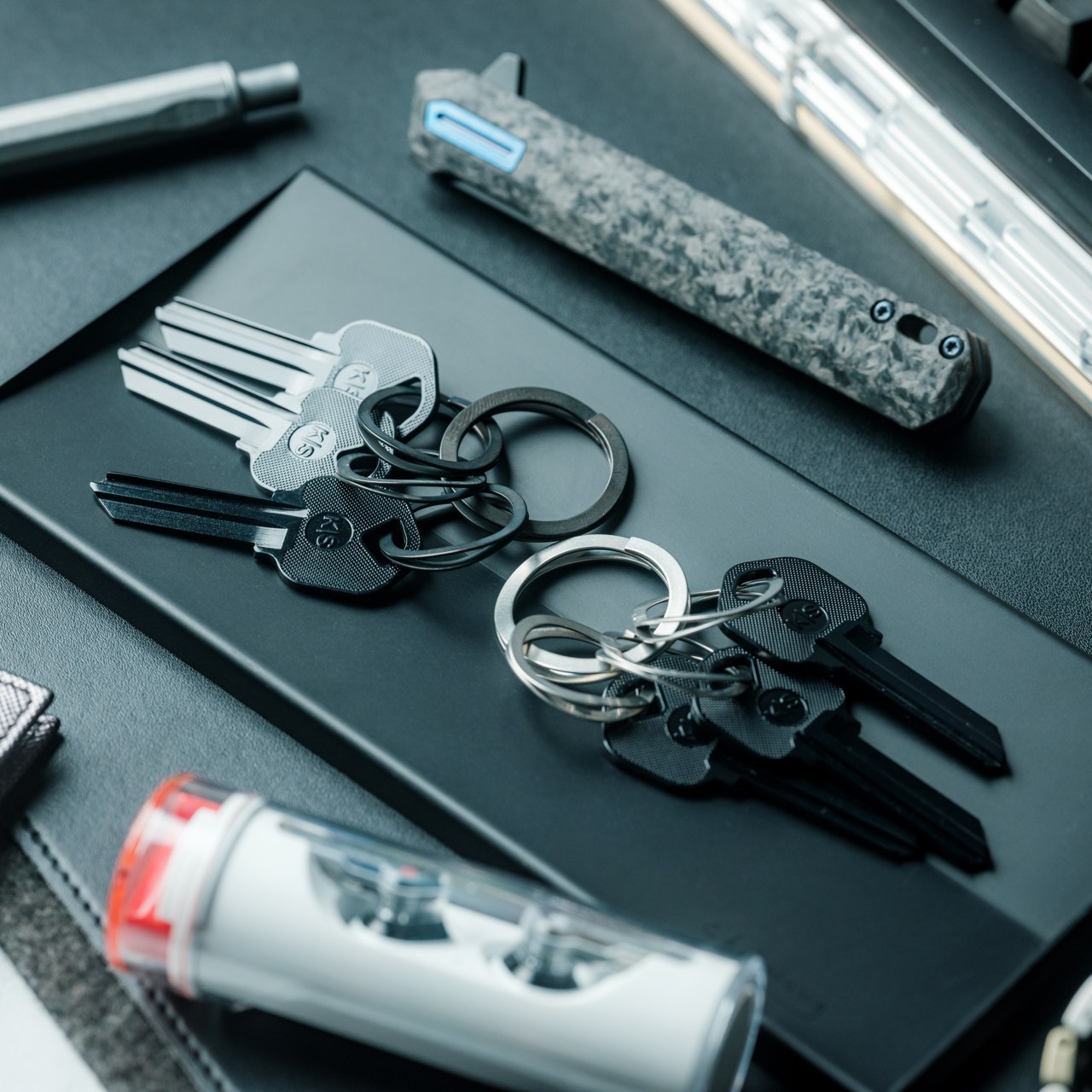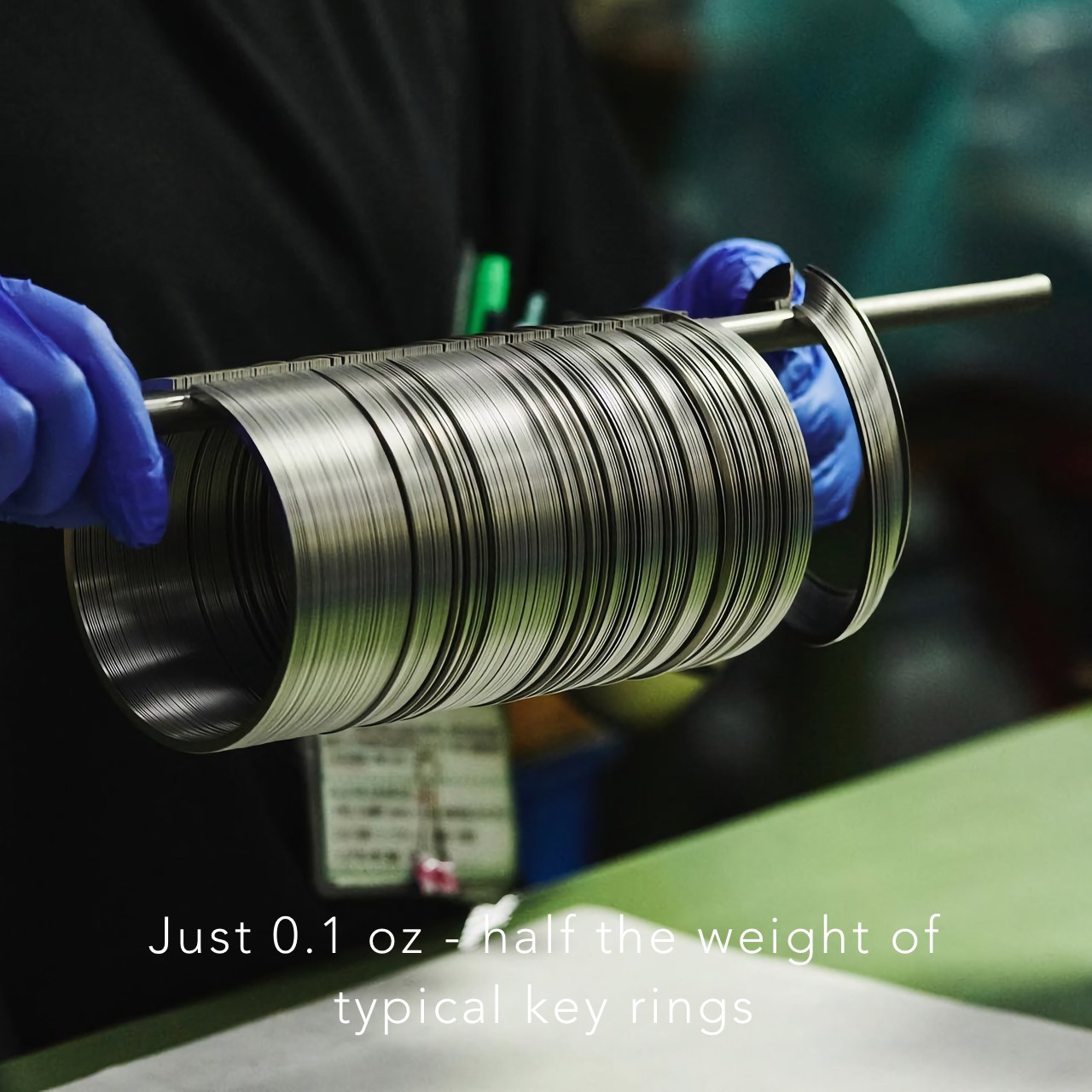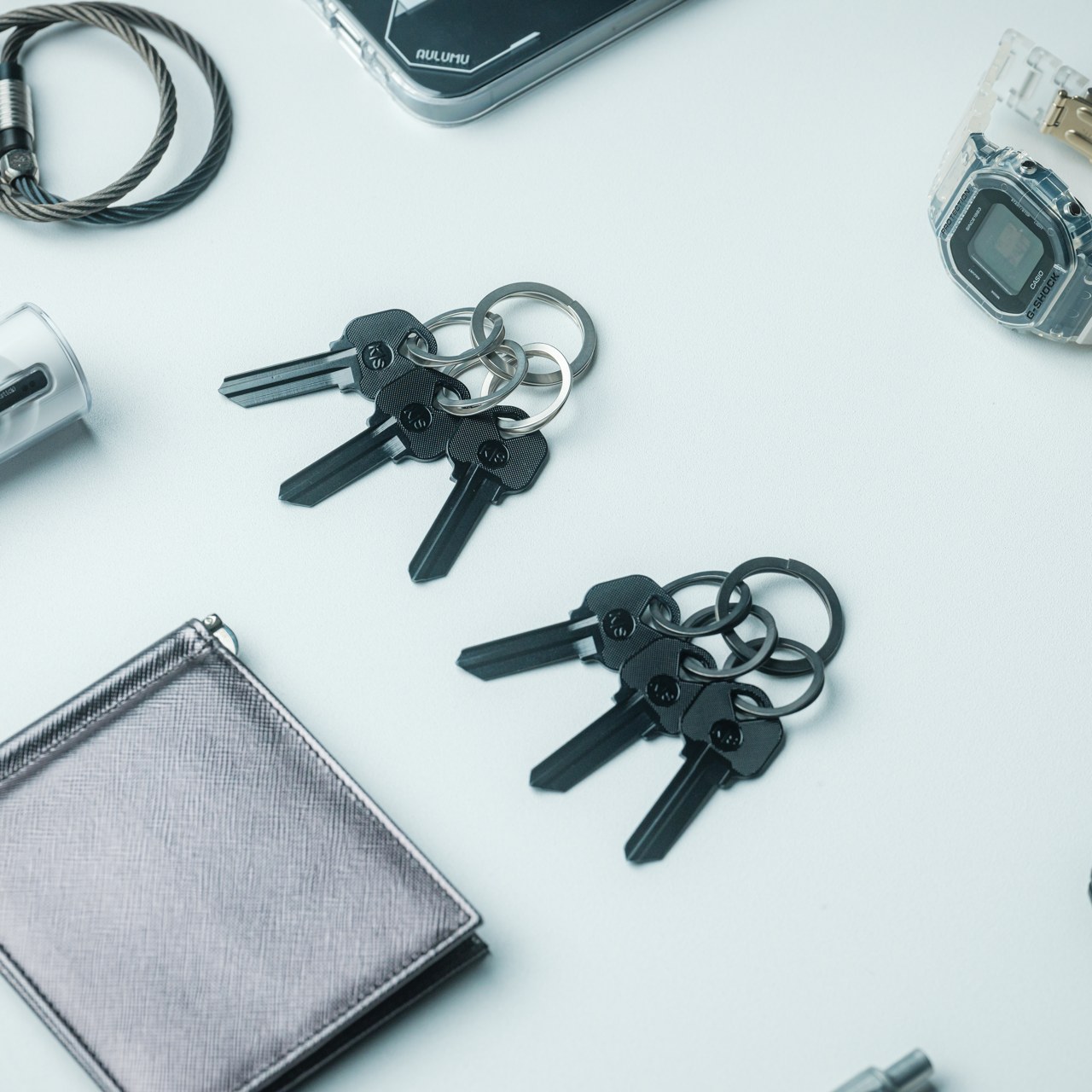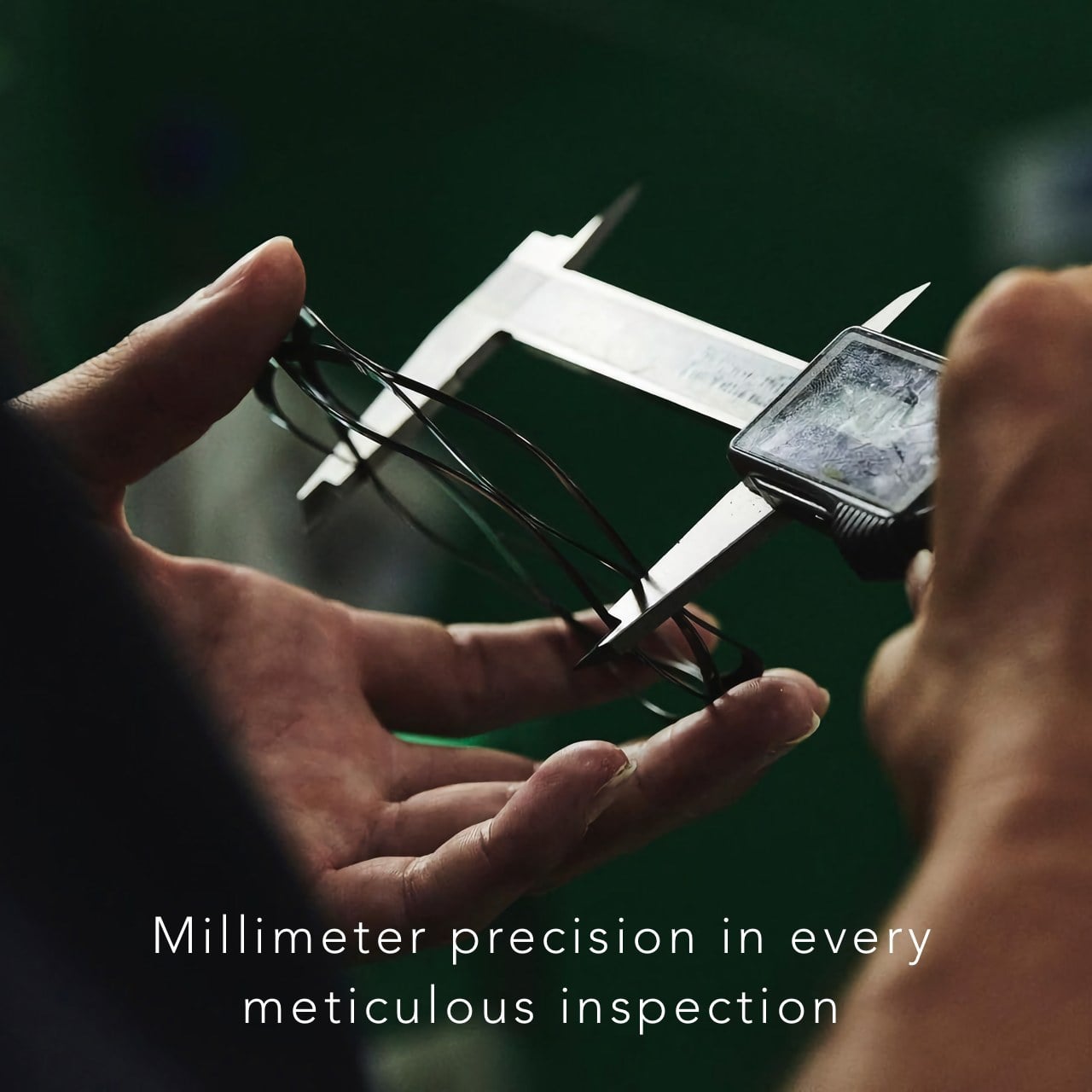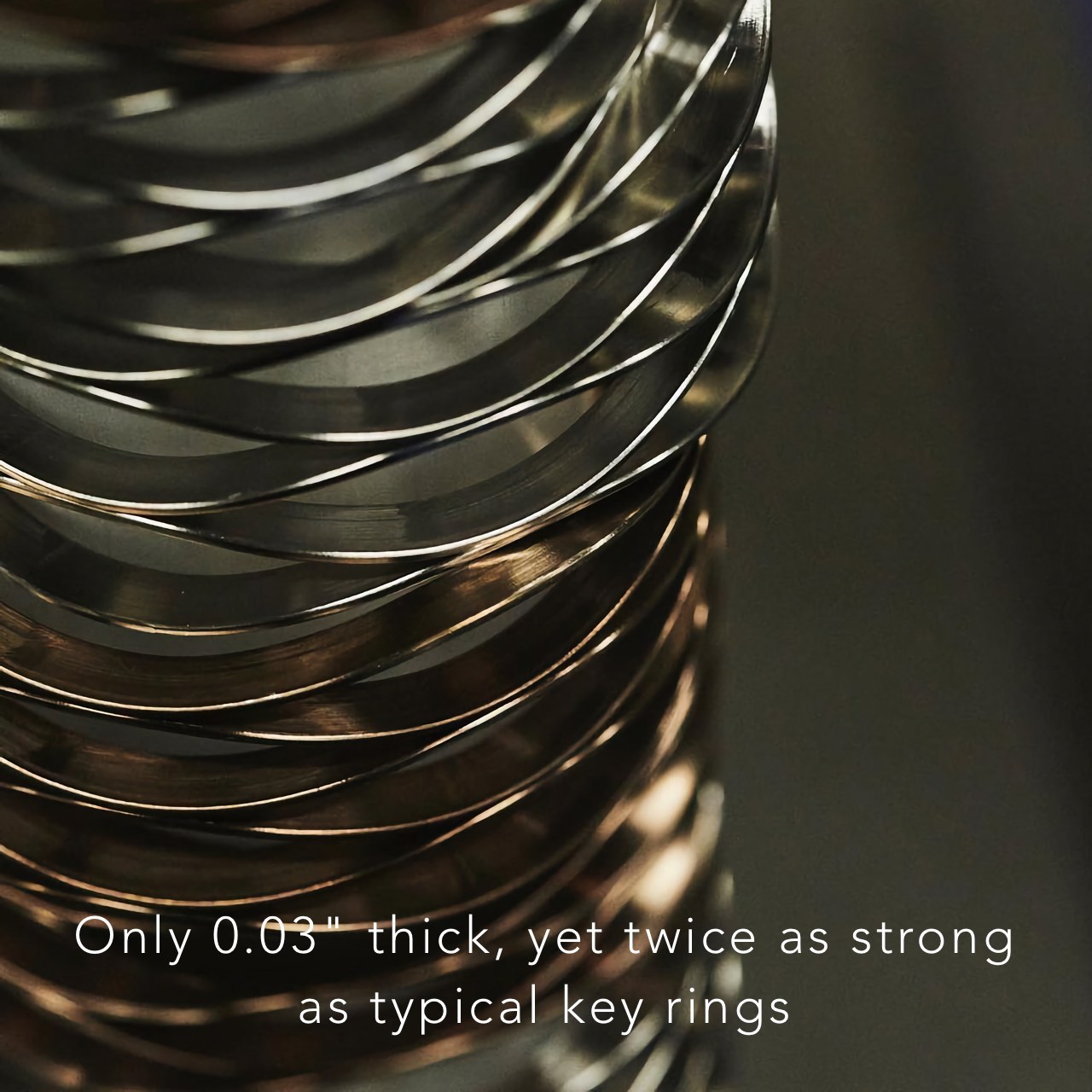
There’s a meme that says one of the things that you’ll never find when you need it is the tape dispenser. You may own one (or maybe even several) but the moment you actually need it, it disappears. So maybe you need something that’s permanently attached to your work space or also something that’s not so difficult to use since I’ve “destroyed” several out of frustration.
Designer: CW&T


As a stationery lover, I like those simple and minimalist items that are both highly functional but also but also well-designed pieces. The M.R Tape Dispenser is one such item that I’ll welcome on my desk. It is a multi-radius tape dispenser that can hold one or multiple rolls of tapes of different sizes. It uses tension to hold and dispense these pieces of tapes.


The dispenser is made out of just one piece of machined and bent stainless steel. The tape is then fed through an opening and then cut into a polished surface. In order to get maximum adhesion, the space where the tape is held and teared off has a mirror polished finish. The dispenser itself has a rubber bump-on pad on its base so it can grip on to your surface. You can attach it to your wall or to your desk.


It’s a pretty simple piece of stationery but because the designers thought long and hard about it, you get something that’s pretty functional. Hopefully you don’t lose it since it’s a pretty expensive piece of tape dispenser.

The post Minimal bent tape dispenser is made from a single piece of steel first appeared on Yanko Design.
